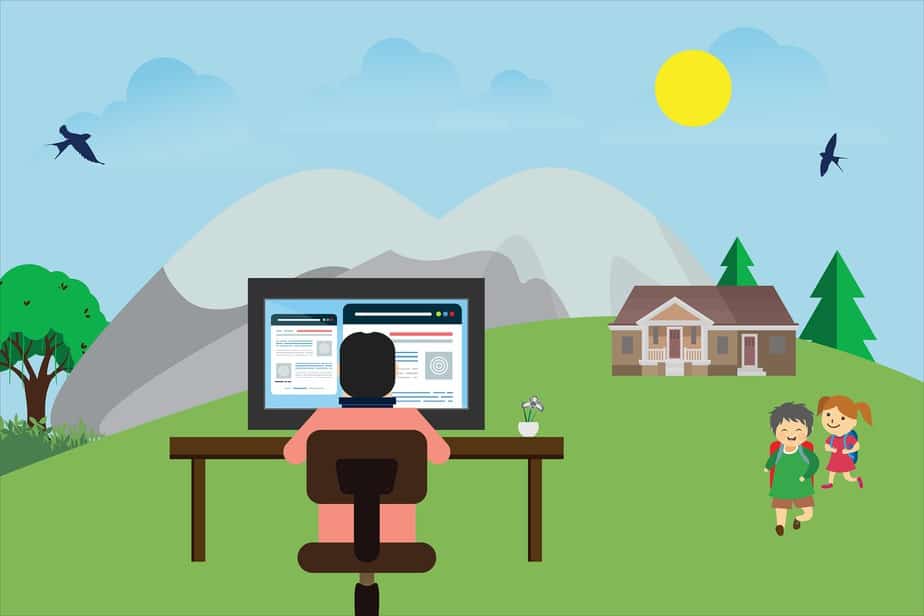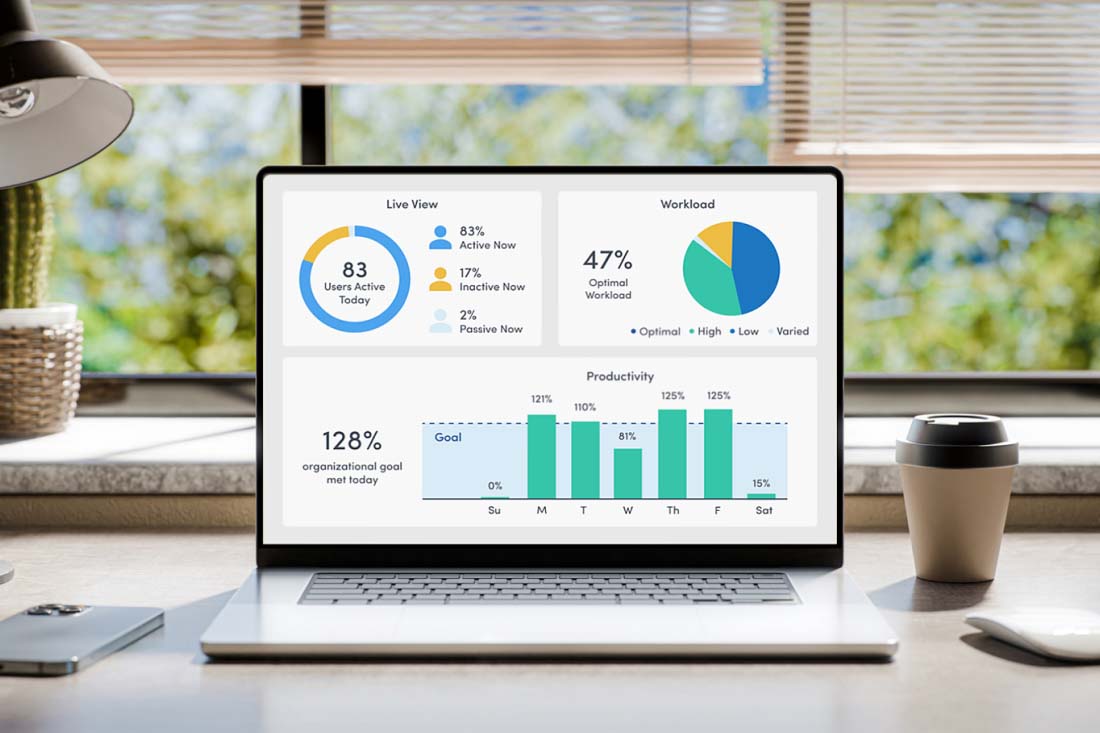The remote workforce landscape has evolved significantly over the last decade. Each year, more and more businesses adopt some form of remote work policy. A 2018 study found that two-thirds of people around the world work outside the office at least once a week. To accommodate remote employees, industries like co-working spaces not only exist, but are thriving.
To adapt to changes to the status quo, businesses are creating and experimenting with various remote workforce structures. Buffer.com identifies four types of distributed workforces. If you know you want to make a change but aren’t sure how remote you should go, start here. We’ll break down the options, what’s attractive about each, and give examples of companies who’d benefit most.
1. Telecommuting or Work From Home (WFH)
Telecommuting is probably what you think of when you read about remote workers. In this setup, brick and mortar offices still exist, but employees have the flexibility to work from home. Many organizations still want to see employees in the office, so they don’t offer carte blanche. Instead, they allow remote working a number of days per week or under certain conditions. This type of distributed workforce might be a good fit if:
- You want employees to continue to have face-to-face collaboration. In-person interactions help projects run efficiently since teams won’t have to wait for a Slack message or set up a teleconference.
- Maintaining your current culture is important to you.
- Isolation is a concern. A few days in the office each week helps remote employees remember they are not alone.
- Some job functionalities simply can’t be done remotely. An I.T. person can monitor systems and networks, but they still need to be able to repair hardware issues.
- You want to hold corporate meetings or team gatherings with everybody in one place.
2. Remote team located in one time zone
This option is the first in a trilogy of all-remote workforces. It can be either the least or most complicated of the three depending on your business needs. Businesses who adopt a completely remote workforce no longer operate out of an office. Instead, each employee, including executives, works pretty much wherever they can be productive. However, this model, in particular, restricts employment to people living in the same time zone. Going totally remote, and specifically in a standard time zone, offers the following benefits:
- Eliminates the overhead costs incurred from a physical office.
- All types of reporting remain standard. No employee data gets thrown off by multiple time zones.
- Teleconferencing with the team is easier and more convenient than if employees lived in a variety of zones.
3. Team distributed throughout multiple time zones
When your team is distributed across the globe, you’ll discover all sorts of positives. Just like the previous entry, everybody works from their own locale. What’s different is that there are no restrictions on time zones. You should know that project work tends to be more asynchronous than simultaneous. Team members will work their shift and then hand off the project to the team in the next zone. It’s a great option if:
- You want to hire only the best of the best. Employee options aren’t limited to your state or even your country. You can track down and hire the people who are the perfect match for your business.
- You’re interested in bringing all new ideas and perspectives to the team. People will be able to share knowledge unique to their backgrounds, resulting in a true melting pot of ideas.
- A diverse culture is important to you. You want everyone to be exposed to the beliefs and values of all walks of life.
- Consistency is necessary. Though employees live around the world, they stay in one place. You know when and how they can be contacted.
4. Work From Anywhere (WFA)
Finally, if you’re really committed to a truly distributed workforce, you can embrace a Work From Anywhere policy. It’s really very simple: employees can work anywhere in the world and can move around geographically whenever they want – as long as they get their work done. It’s really up to a manager what, if any, restrictions are in place. This option provides a lot of the same benefits as the others, but here’s what might help you make up your mind:
- You won’t lose employees due to their relocation.
- Everyone has total freedom to live wherever they want and for how long.
- Freedom makes people happy, which in turn leads to engagement.
- As employees move around the state, nation, or world, their horizons will broaden. New knowledge and insights will help spark creativity within the team.
A Remote Workforce Management Solution for Any Distributed Team
ActivTrak provides managers the insights needed to fully understand how work gets done. Our cloud-based software helps solve problems often created by working remotely. Whether you want to improve performance management, develop efficient processes, or maintain long-distance accountability, ActivTrak gives you the tools and data necessary for a remote workforce to succeed.





